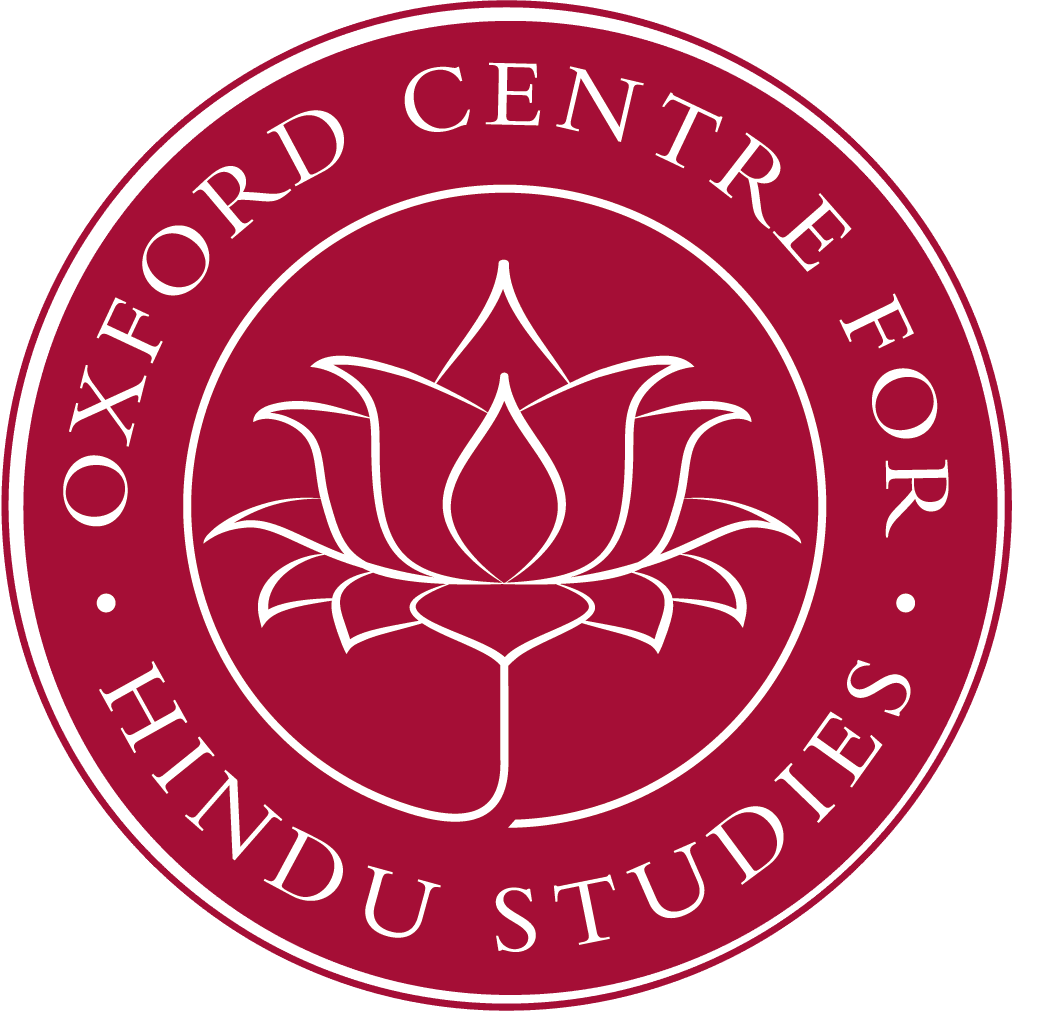The Ramayana tells of the war, on distant soil, between Rama Dasharatha of Ayodhya and Ravana’s demon hordes—in which Rama was the victor. The Mahabharata tells that story too, amongst many others, and orders business chronologically such that the righteous war Rama won is followed, as the generations pass, some distance northwest of Ayodhya, by the massacre of the inhabitants of Khandava Forest by Arjuna and Krishna, the massacre of practically all kshatriyas by the Pandavas as advised by Krishna at Kurukshetra, and, as the generations pass, by Janamejaya’s massacre of snakes at Takshashila, which was suspended on condition that the surviving snakes behave themselves. And in the meantime Krishna and the Vrishnis have all killed each other at Prabhasa. And the Harivamsha tells of what Krishna did before and after the business at Kurukshetra, which included licking various miscreants into shape.
In this paper I take these various massacres as a depiction of one process—an iterative royal rite of expansive self-assertion involving the exploitation of any and all resources that can be obtained, involving the appropriative subordination of other power-centres—and begin to explore some of its ramifications.
In human terms, and as partly inspired by the thirteenth major rock edict of King Ashoka “Beloved of the Gods” (in which the good king warns the massacred Kalingans that he will resume his massacre upon any and all who misbehave), I will compare Valmiki’s cursing the nishada hunter (at Ramayana 1.2:14) with Arjuna’s cursing Ashvasena as the latter escapes from the burning Khandava Forest (at Mahabharata 1.218:11). These must remain refugees and fugitives unless and until they reform and conform to the new order. Similar examples will be mentioned from within the Mahabharata (Ekalavya, Padmanabha) and from recent times.
In existential terms, I will highlight the analogy between the well-led state, the good household, and the good career individual—a triple myth that these texts develop in such a way as to involve the reader or hearer most intimately, particularly as all hearers or listeners are bodies that have expanded and are sustained by nutritive absorption.
In genealogical terms, I will discuss the local appropriation of solar ancestry by the Hastinapura kings, who were reckoned as descended from the moon in the days of the Pandavas, but have come to be reckoned, at Janamejaya’s snake massacre, as descendants of the sun. In terms of the standard solar and lunar vamshas as seen in the Harivamsha and the Puranas, such a change in reckoning would involve the branch-lines of brothers, cousins, and more distant cousins being cut out of the significant ancestry. In gendered terms, and with particular reference to Harivamsha appendix 18, I will show how the solar royal conception involves a fully patrilineal model of inheritance and—at least in its paradigm case, that of the eldest son, the single heir—an endemic fear of the influence of the wife’s natal context upon her son, the next heir. This fear is most starkly dramatised with regard to the the figure of the putrika, a woman whose son continues her father’s line, not her husband’s.
Simon Brodbeck was educated at the University of Cambridge and the School of Oriental and African Studies, University of London, where he obtained his PhD with a thesis on the philosophy of the Bhagavadgita. Since then he has been a lecturer at the University of Edinburgh, a researcher on the “Epic Constructions” project at SOAS, and a translator and editor for the Clay Sanskrit Library. He is now working at Cardiff University, doing research on genealogy in ancient India. His publications include Gender and Narrative in the Mahabharata (ed., with Brian Black, Routledge, 2007) and The Mahabharata Patriline (Ashgate, in press).
